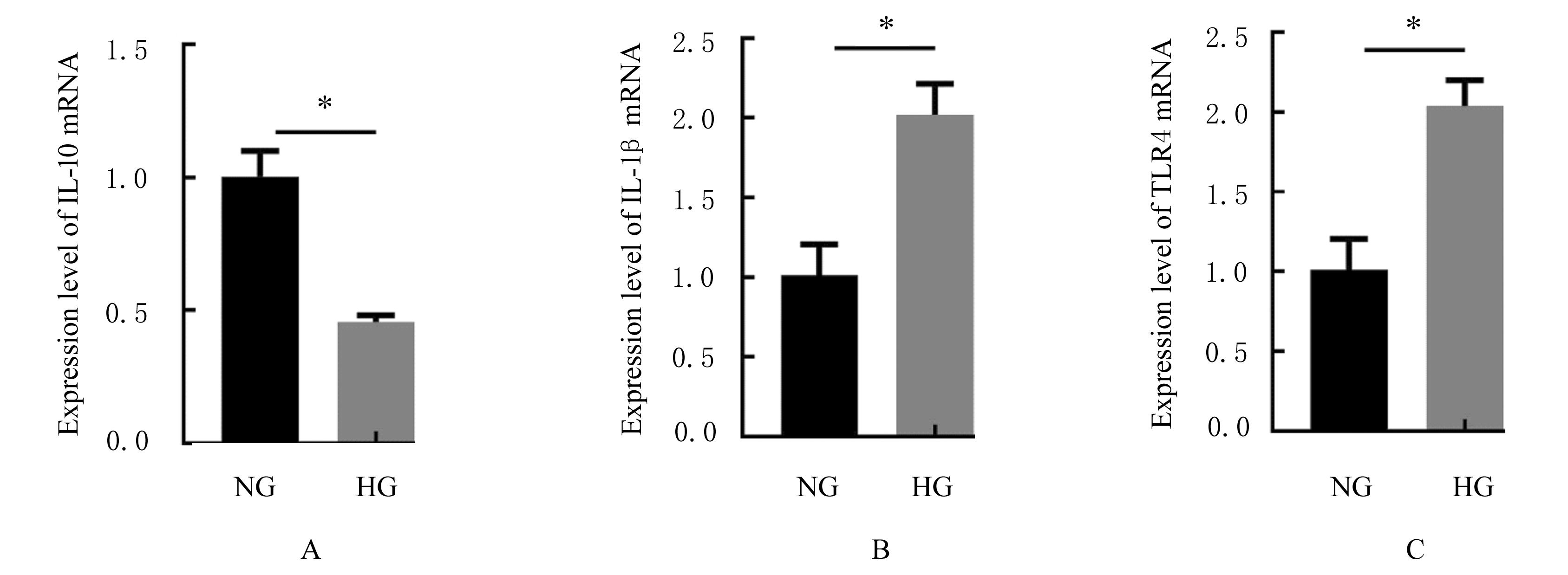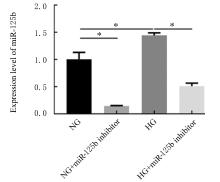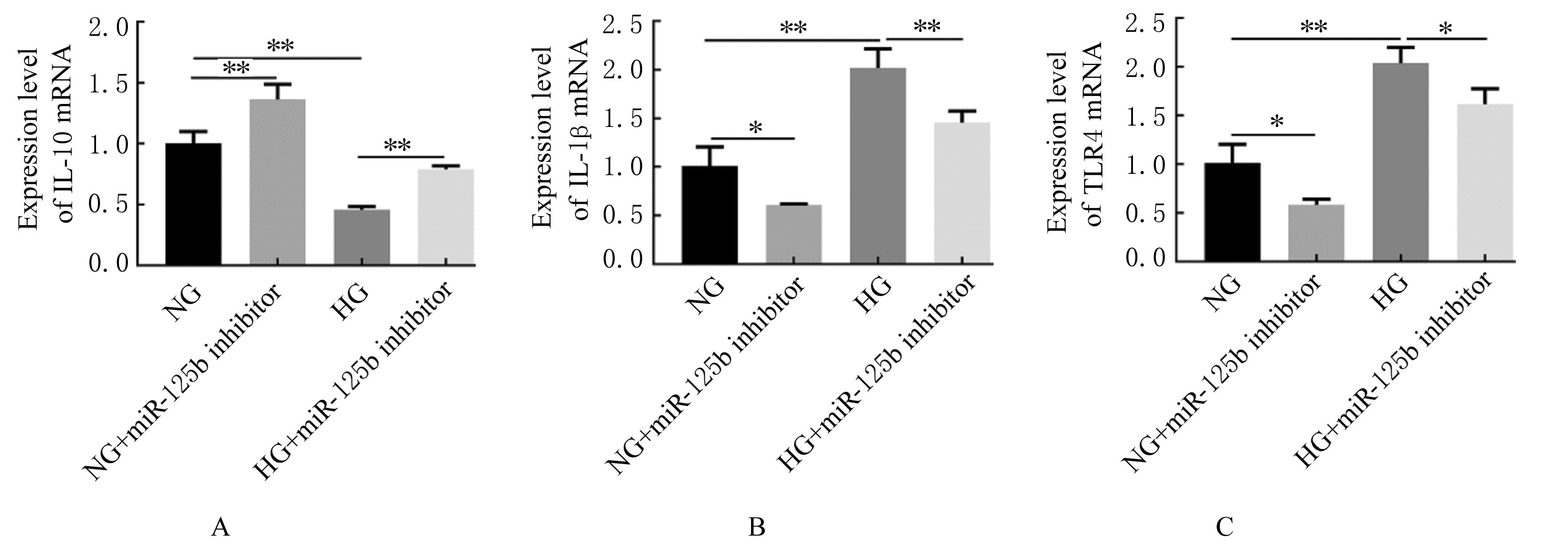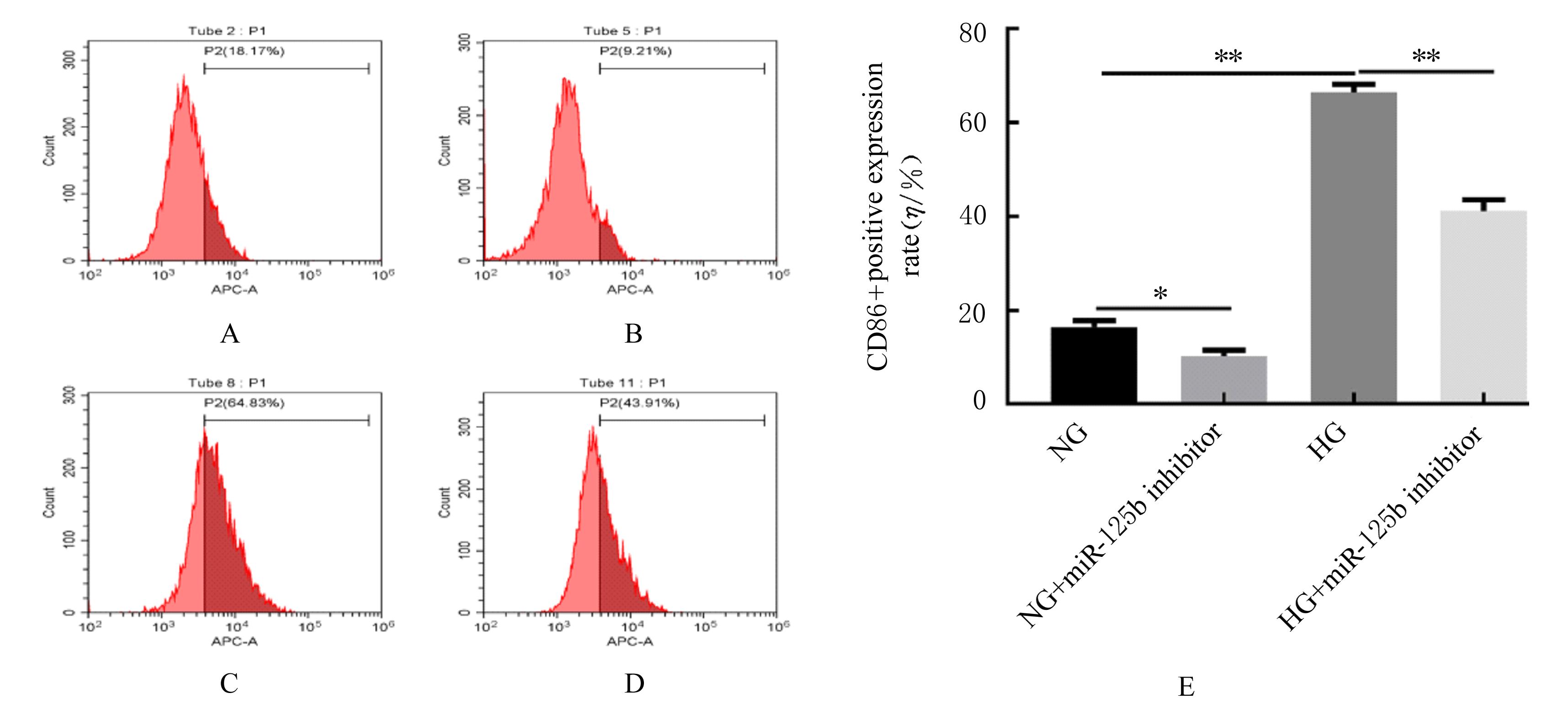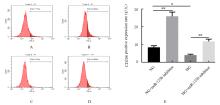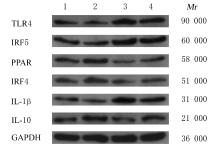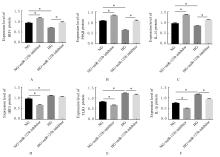| [1] |
Ming LI,Qiuting WANG,Shan CHEN,Huifang SHI.
Improvement effect of p38 MAPK inhibitor on chronic obstructive pulmonary disease injury in mice through inhibiting cell pyrotosis mediated by NLRP3 pathway
[J]. Journal of Jilin University(Medicine Edition), 2022, 48(3): 744-754.
|
| [2] |
Yongxin ZHAI,Huaifeng TA,Yi ZHANG,Qijia SUN,Ming ZHANG,Shuqiang FENG,Ranwei LI.
Effect of preoperative glycemic level on infection-related complications of diabetic patients after flexible ureteroscopic lithotripsy
[J]. Journal of Jilin University(Medicine Edition), 2022, 48(3): 766-772.
|
| [3] |
Ye TIAN, ABUDU MIJITI·Abudu Kelimu,Peng WANG,Mo SHA,Qi CUI.
Effects of polarization state of tumor-associated macrophages on self-renewal ability and vasculogenic mimicry of prostate cancer stem cells
[J]. Journal of Jilin University(Medicine Edition), 2022, 48(2): 374-382.
|
| [4] |
Peipei ZHANG,Donghui GAO,Yue TIAN,Hongyan LI.
Effect of guided biofilm therapy for periodontitis in diabetic patient: A case report and literature review
[J]. Journal of Jilin University(Medicine Edition), 2022, 48(2): 493-499.
|
| [5] |
Feilong REN,Huanyu LUO,Shize ZHENG,Xinyi FAN,Chunxia REN,Yuan MENG,Hong ZHAO,Ce SHI,Hongchen SUN.
Effects of C3a-C3aR axis on inflammatory response and tissue damage in chronic periodontitis model mice by promoting M1-type polarization of macrophages
[J]. Journal of Jilin University(Medicine Edition), 2022, 48(1): 1-8.
|
| [6] |
Junbo SUN,Da GAO,Yifei ZHAO,Hua XU,Fan QIU,Lu ZHAO.
Improvement effect of paeonol on diabetic retinopathy in rats and its mechanism of regulating miR-802-5p expression
[J]. Journal of Jilin University(Medicine Edition), 2022, 48(1): 82-93.
|
| [7] |
Hexin MAO,Linyuan WANG,Ning GUAN,Xiuqiu GAO.
Effect of gallic acid on polarization of M1 macrophages
[J]. Journal of Jilin University(Medicine Edition), 2021, 47(5): 1139-1145.
|
| [8] |
Meng QU,Shiya WENG,Hong ZHENG,Yan LI,Runze GAO,Shenggao WANG,Chunyan YU,Boxue CHEN,Zhiheng DONG.
Protective effect of fermented red ginseng total saponins on rat myocardial interstitial fibroblasts cultured with high glucose and its mechanism
[J]. Journal of Jilin University(Medicine Edition), 2021, 47(5): 1201-1208.
|
| [9] |
Fei LIU,Shuo LIANG,Yuexuan WANG,Lijing QIN,Wei GUO,Zhicheng WANG.
Effect of low dose ionizing radiation on hippocampal neurons in STZ-induced diabetic rats
[J]. Journal of Jilin University(Medicine Edition), 2021, 47(1): 1-7.
|
| [10] |
Ruili ZHANG,Xiaoqing YANG,Xiaoge ZHANG,Huafeng GUO,Jihong ZHU.
Effect of gestational diabetes mellitus on diaphragmatic function of newborn offsprings of rats
[J]. Journal of Jilin University(Medicine Edition), 2021, 47(1): 133-138.
|
| [11] |
Hao HUANG,Hong JIA,Xiaoshuang WANG,Lu ZHANG,Yating DUAN.
Expressions of miRNA-508-3p and HGF in placenta tissue of patients with gestational diabetes mellitus and their effects on trophoblast insulin resistance
[J]. Journal of Jilin University(Medicine Edition), 2021, 47(1): 187-195.
|
| [12] |
LIU Luyao, ZHANG Wenwen, CAO Juan, LI Weibo, SUN Hongchen, LI Bo.
Effect of curcumin on gene expressions of cytokines secreted by tumor-associated macrophages
[J]. Journal of Jilin University(Medicine Edition), 2020, 46(05): 930-936.
|
| [13] |
QU Meng, YU Chunyan, WENG Shiya, GAO Runze, WANG Zhenxia, SONG Yu, LI Xushen, ZHENG Hong, YIN Hanyu, DONG Zhiheng.
Effect of Schisandrae Chinensis extracts on expressions of NOX2 and p47phox in myocardium tissue of diabetic rats
[J]. Journal of Jilin University(Medicine Edition), 2020, 46(05): 1029-1035.
|
| [14] |
ZHANG Li, CUI Xiaoqian, SHANG Yunlong, CHENG Yuanjuan, SONG Debiao.
Multiple organ dysfunction syndrome caused by diabetic ketoacidosis combined with hyperglycemic hyperosmolar state:A case report and literature review
[J]. Journal of Jilin University(Medicine Edition), 2020, 46(05): 1070-1073.
|
| [15] |
FENG Lei, ZHANG Hante, LI Xiang, MENG Fanping, LI Yan.
Promotion effect of IL-4 and estradiol on growth of breast cancer cells in mice and its mechanism
[J]. Journal of Jilin University(Medicine Edition), 2020, 46(03): 536-542.
|
 ),Guang YANG(
),Guang YANG( )
)

